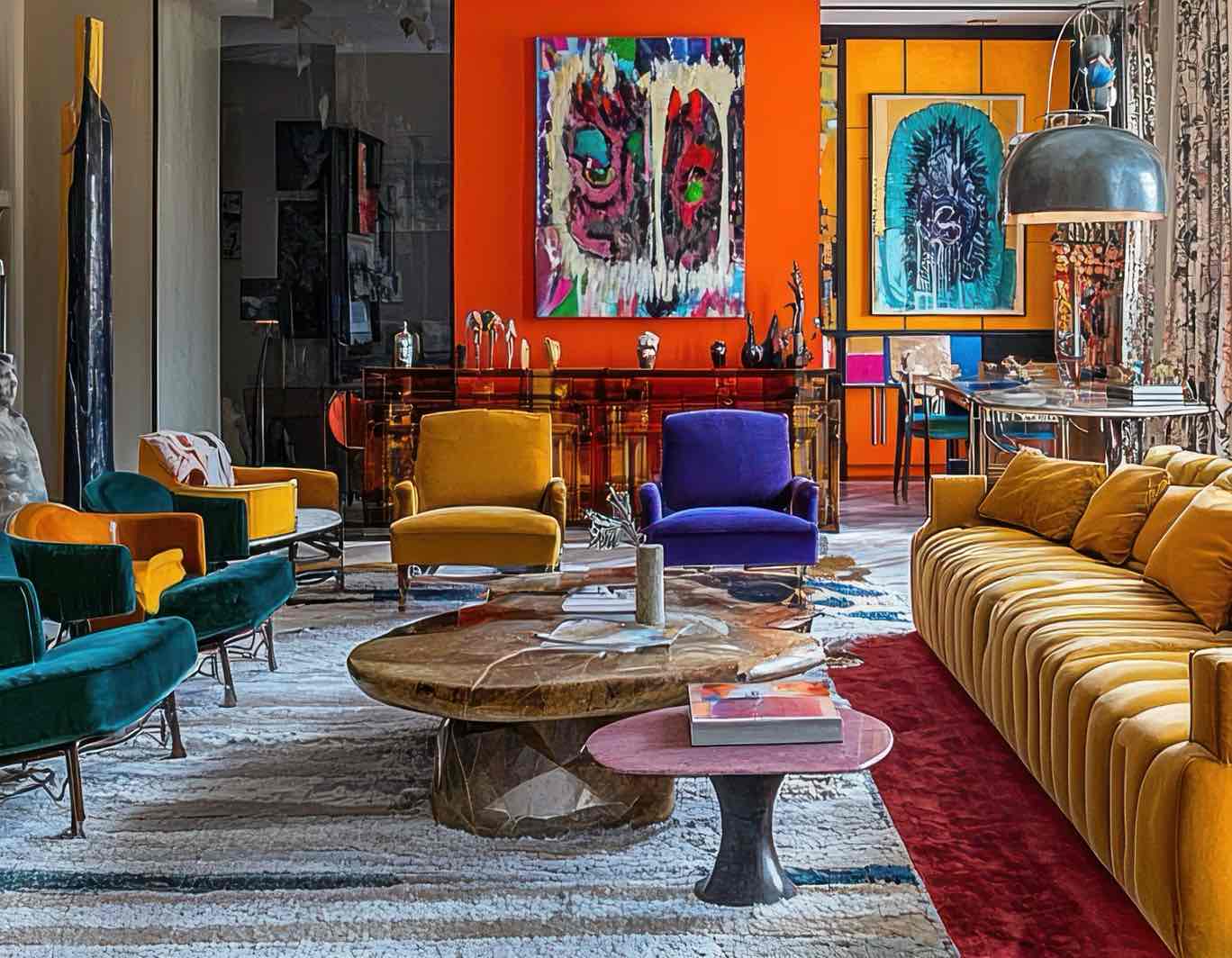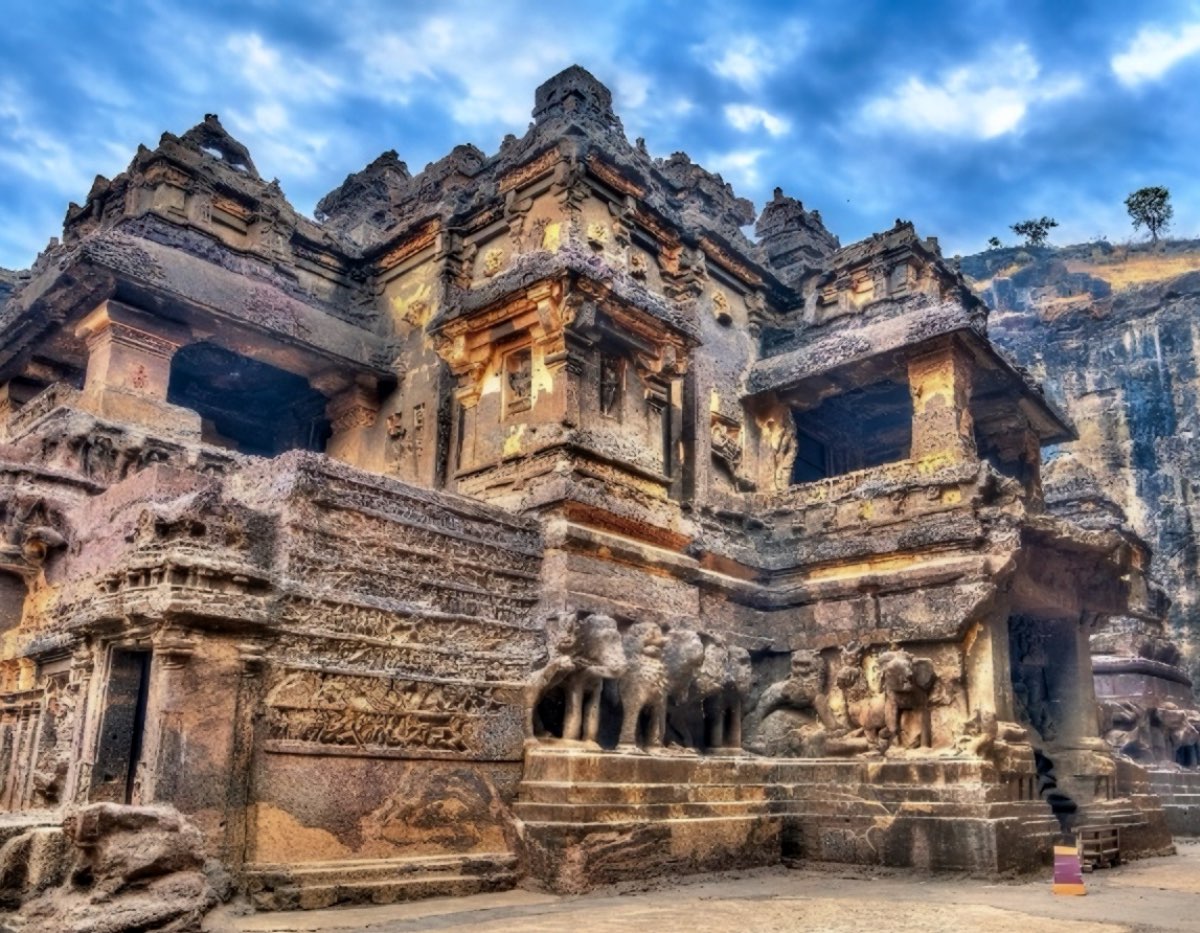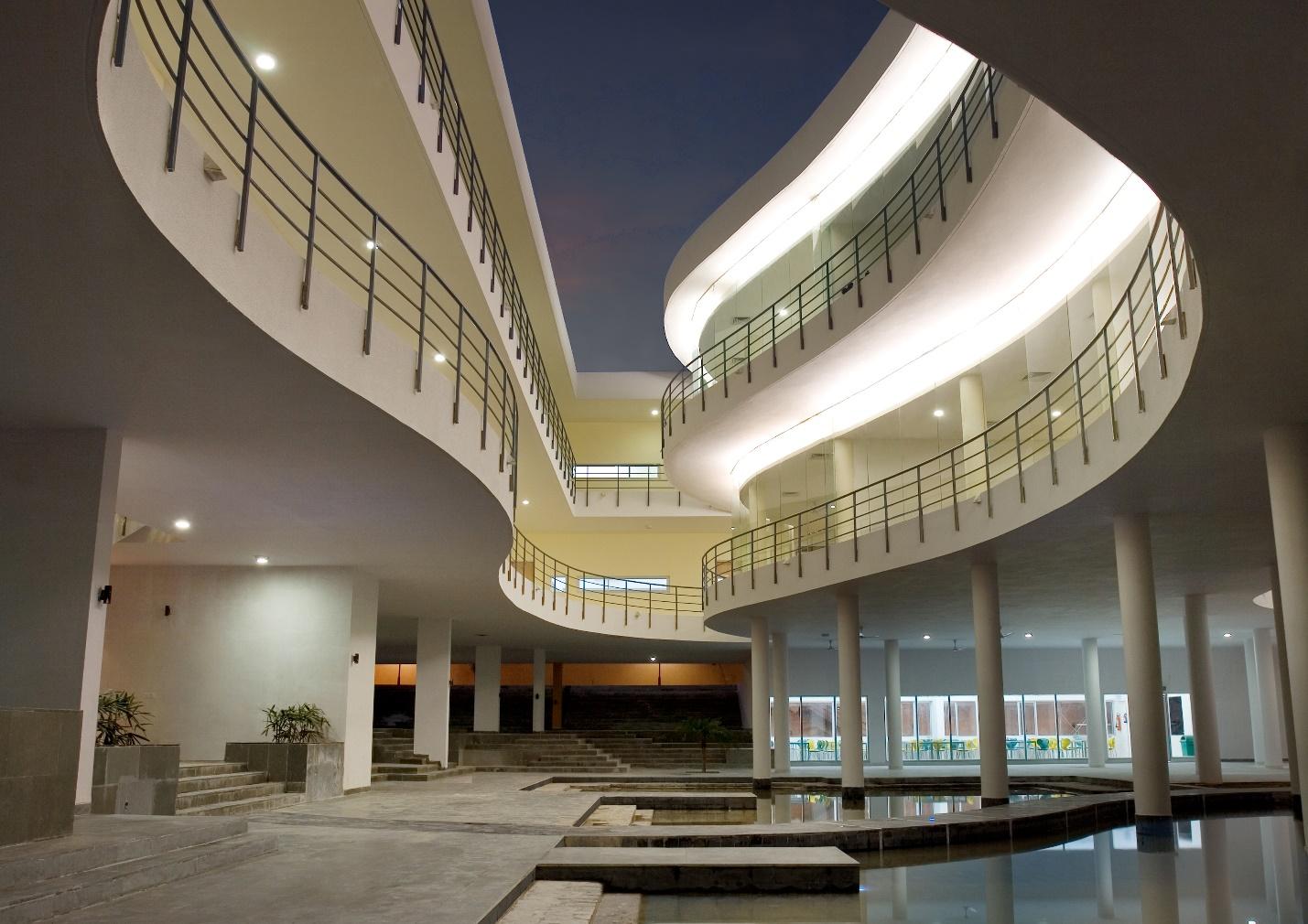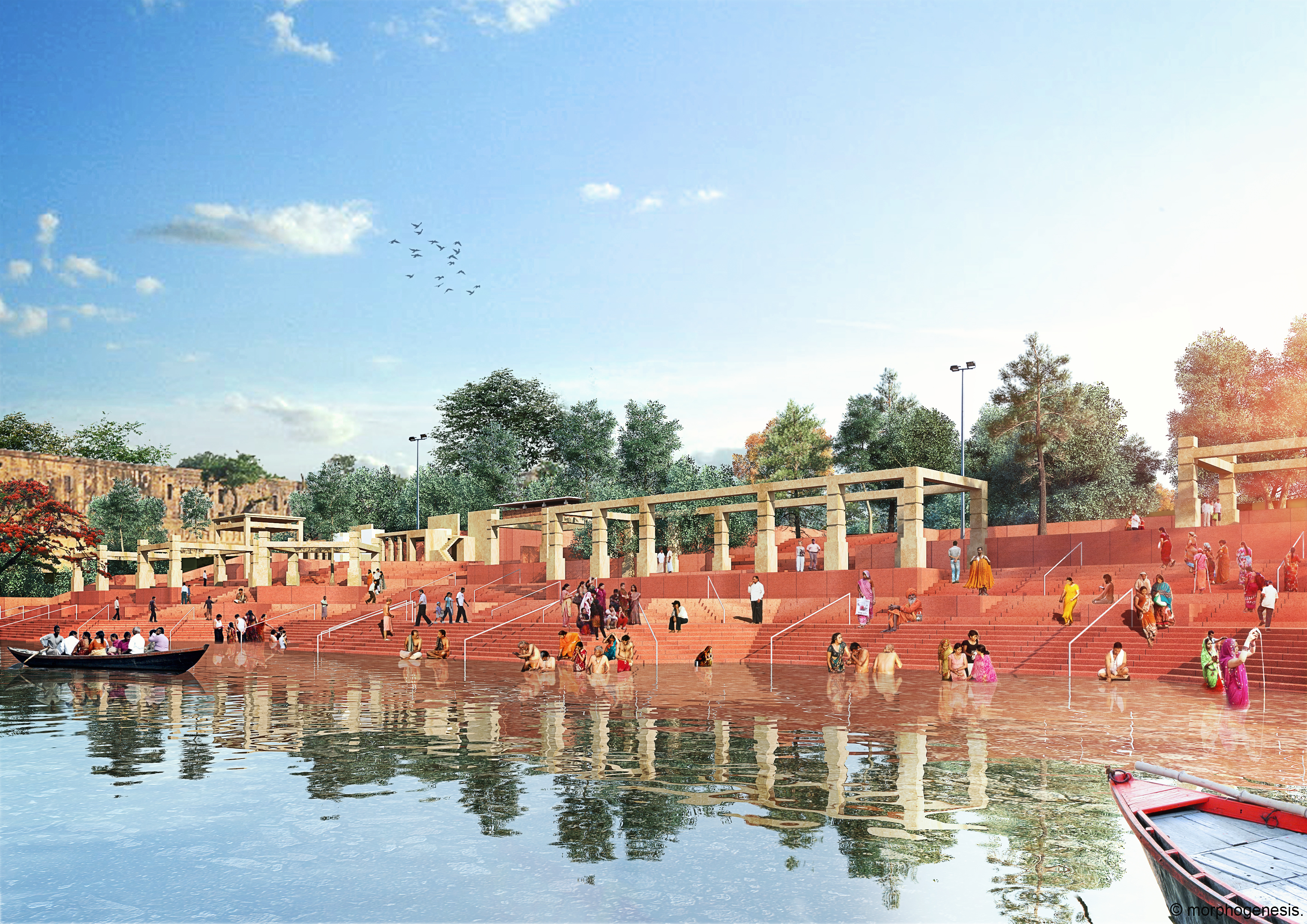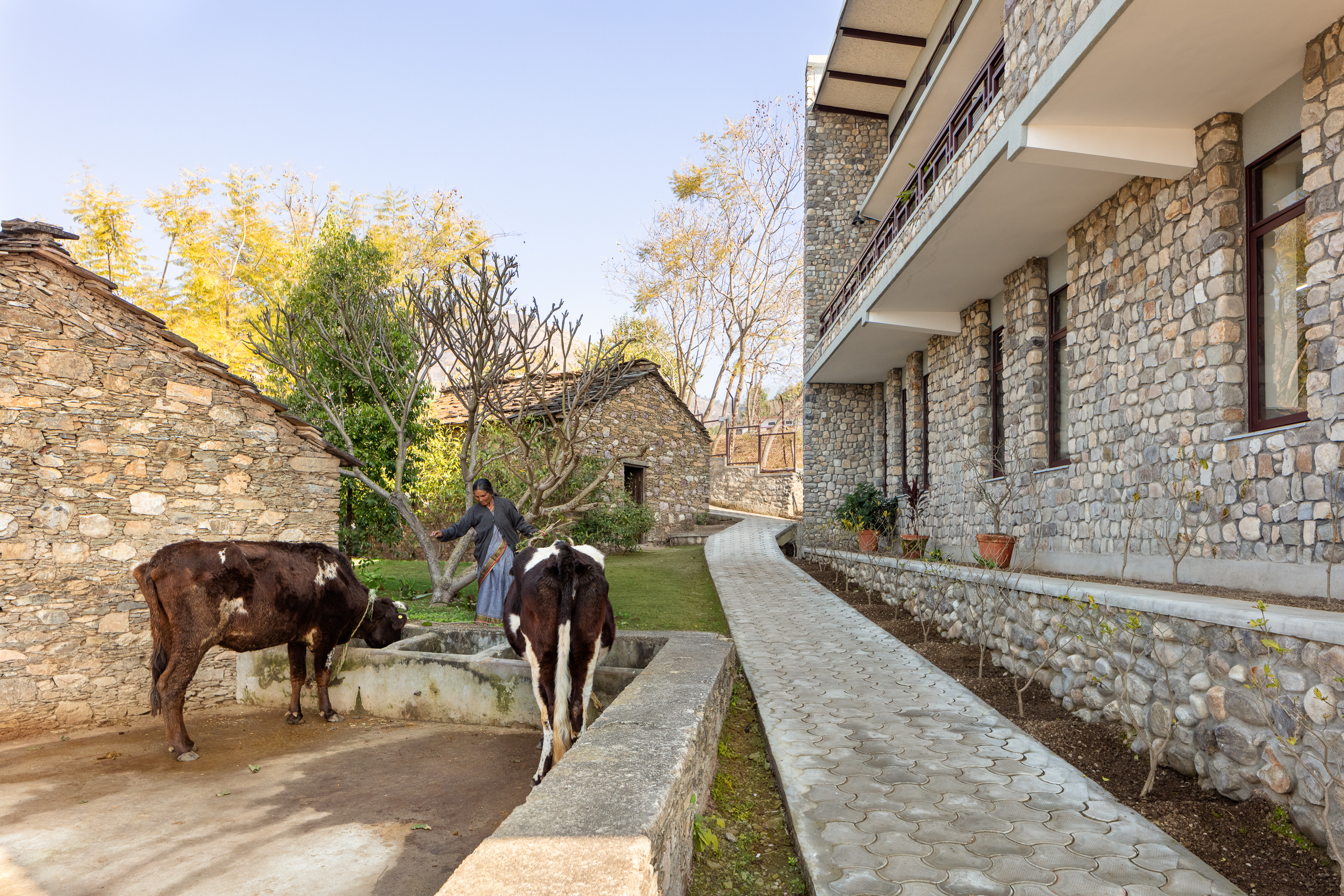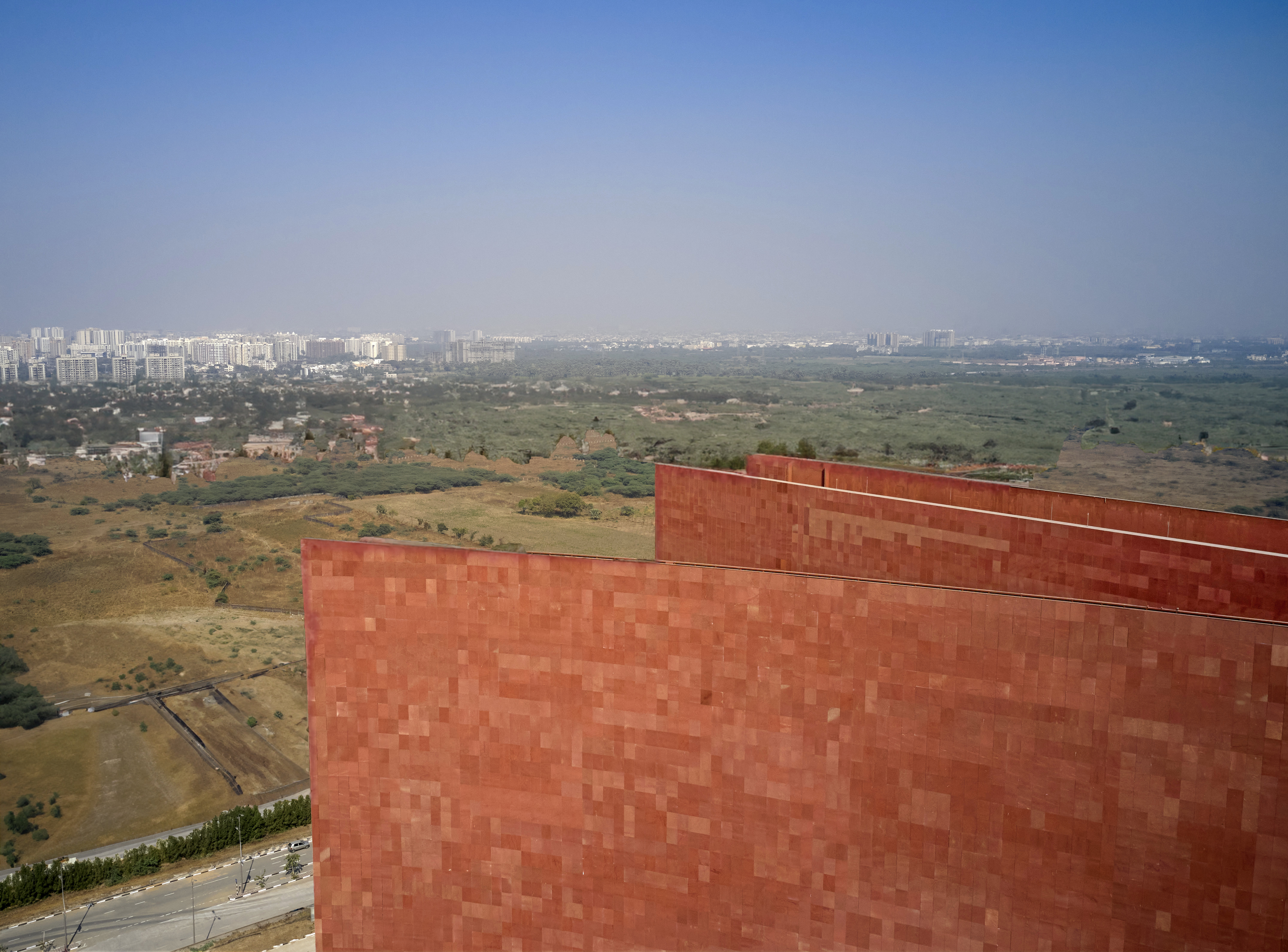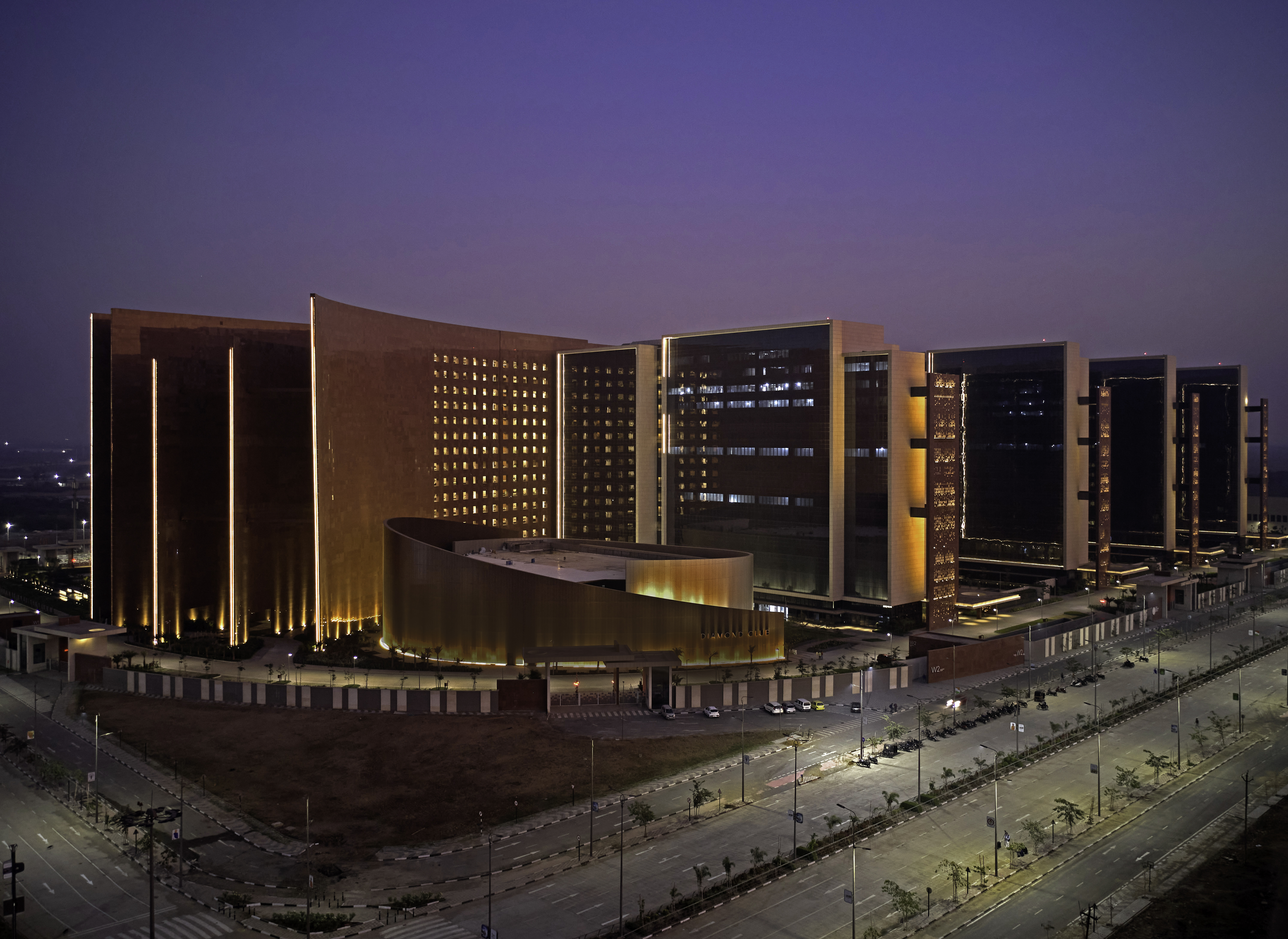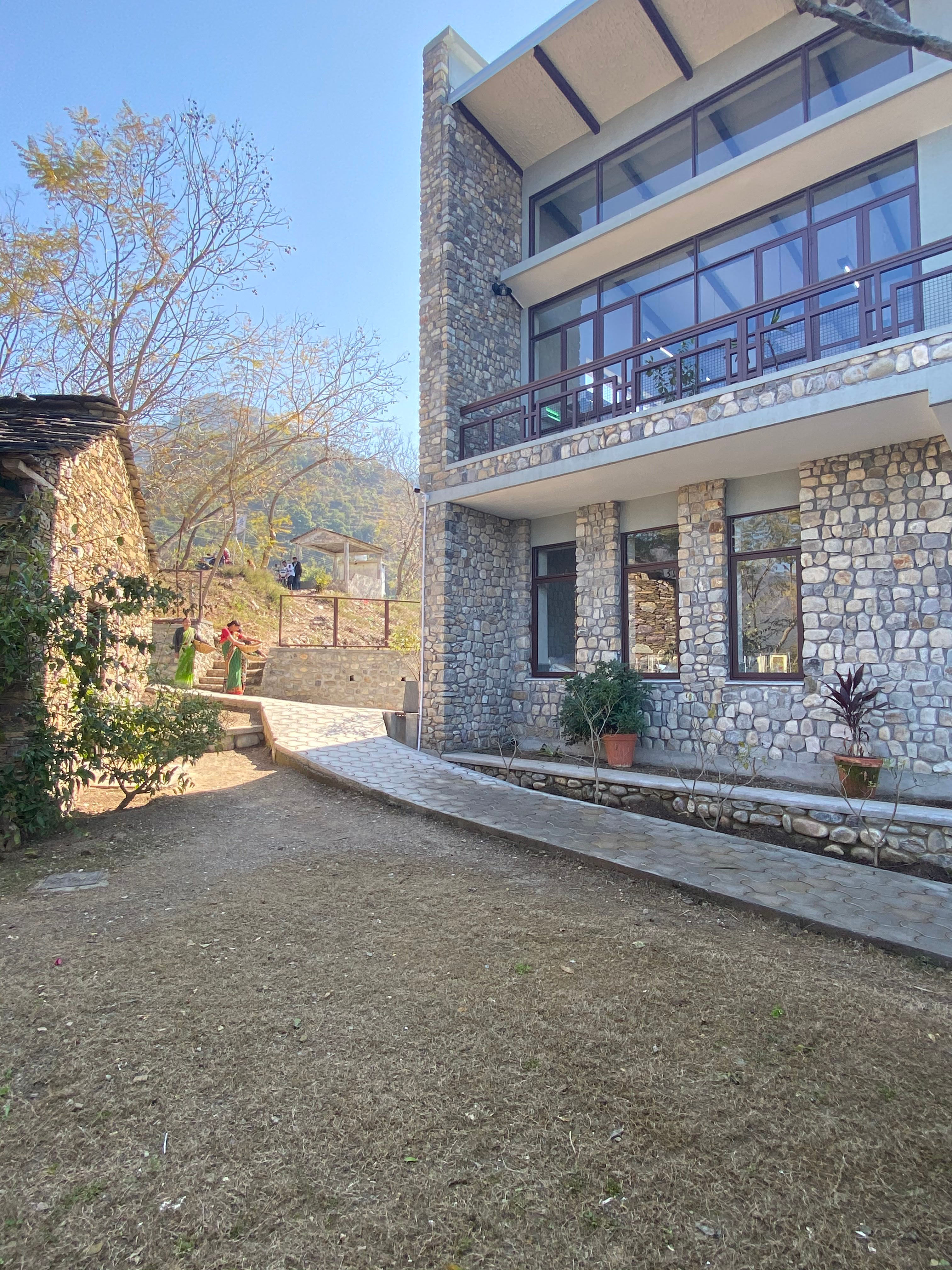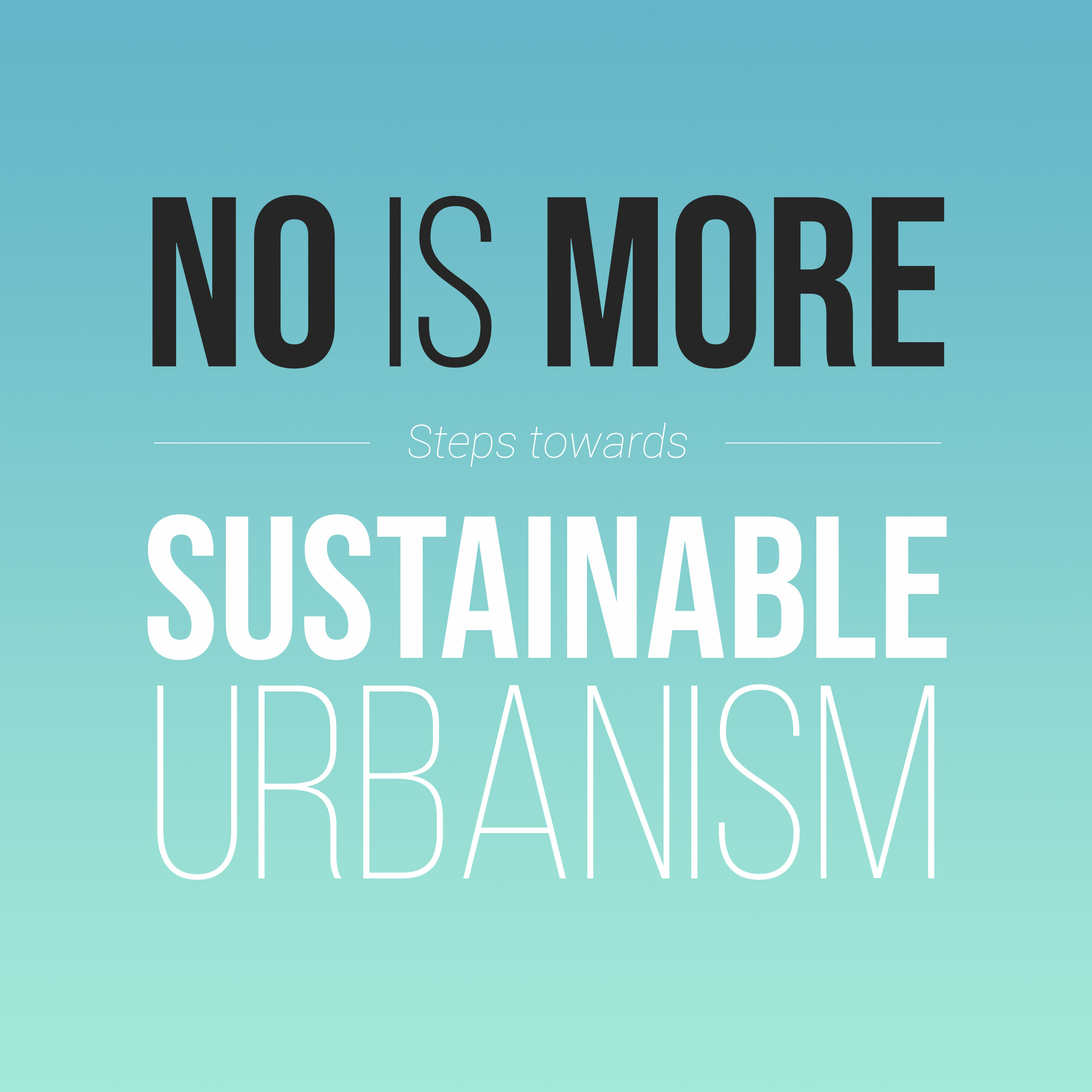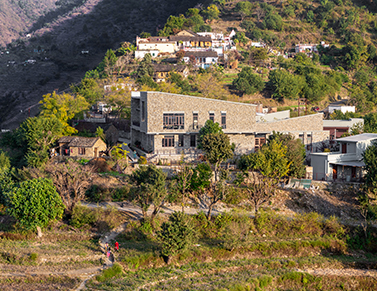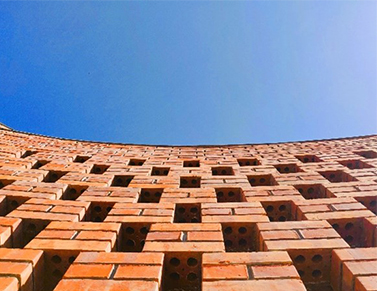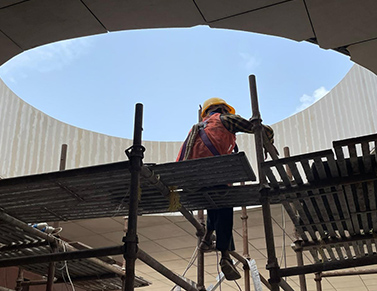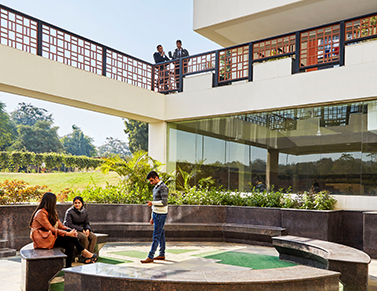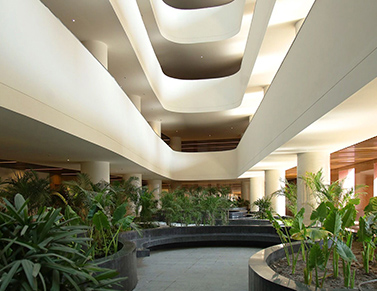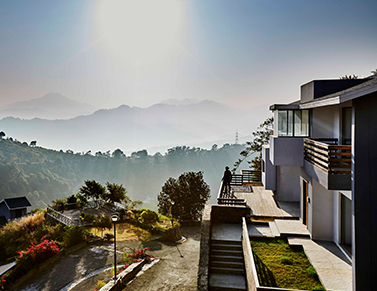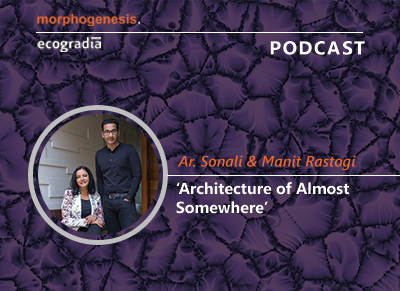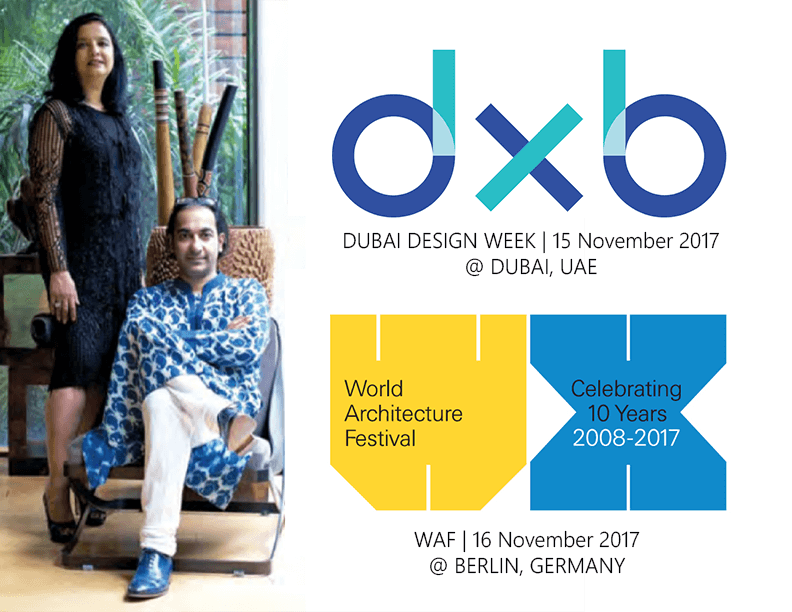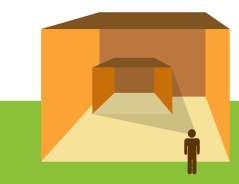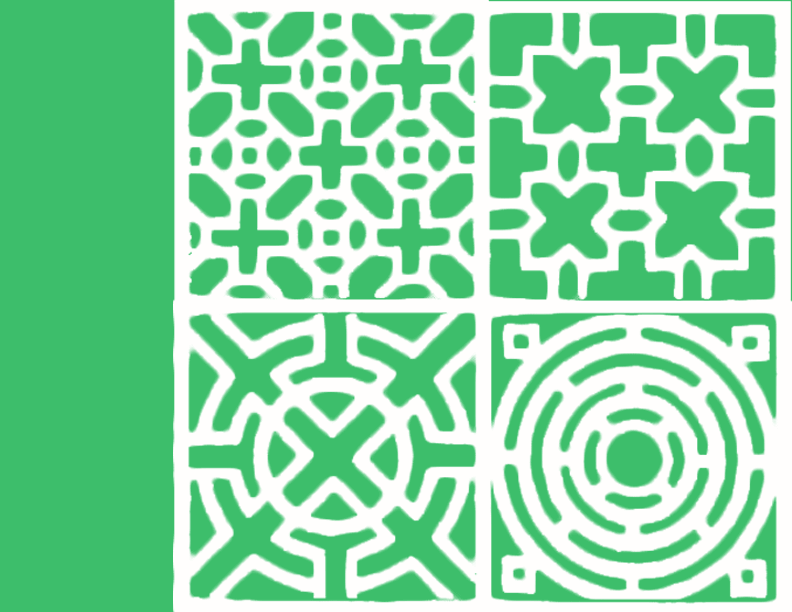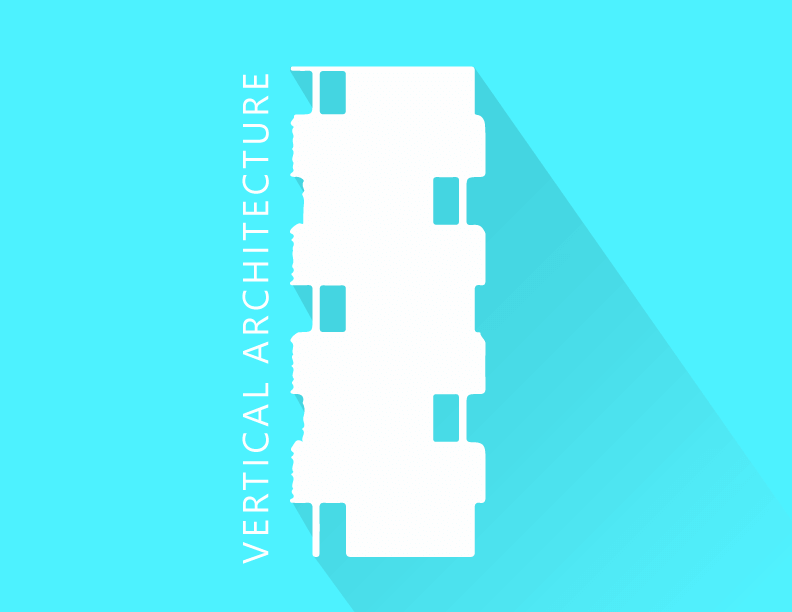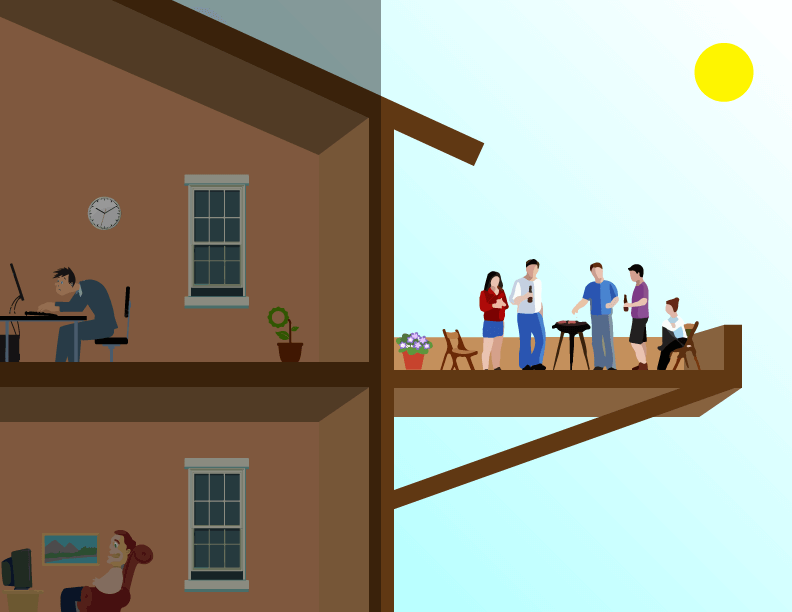How two distinct disciplines coalesce to shape space, culture, and human experience
Architecture and art have long shared a fertile boundary – each rooted in expression, but oriented toward different ends. Art speaks to the emotions, provokes thought, and reflects identity; architecture, while equally expressive, must also respond to context, climate, material, and human need. Yet when the two converge, they create more than just buildings or objects – they generate meaning.
This article explores the dynamic relationship between art and architecture, unpacking their differences, intersections, and mutual evolution. From historical lineage to sustainable futures, we examine how form and function collaborate to shape spaces that are not only inhabited but felt.
Table of Content:
1. The Synthesis of Art and Architecture
At their most powerful, art and architecture do not exist in isolation. Rather, they form a symbiotic dialogue – one that bridges emotion with utility, imagination with structure. To understand this relationship, it is essential to first explore the distinct character of each discipline before examining how they converge.

i. Art as Cultural Expression
Art is the expressive foundation of human civilization. Whether through visual, literary, or performative forms, it encapsulates emotions, critiques systems, and transmits values across generations. It is inherently subjective and often unconstrained—meant to move, provoke, or simply make sense of the intangible.
But art also serves more than personal expression. It reflects collective memory, advances social discourse, and contributes to psychological and cultural well-being. In many ways, art is society’s mirror and its imaginative conscience—revealing truths architecture alone may struggle to voice.

ii. Architecture as Structured Creativity
Architecture, by contrast, operates at the intersection of artistry and technical resolution. It is tasked not only with evoking feeling, but also with solving spatial problems—shaping environments that are safe, efficient, and culturally meaningful. This blend of engineering logic and creative intuition makes architecture one of the most complex forms of design.
A well-designed building is not merely constructed; it is composed. It balances constraints – gravity, climate, regulation – with ambitions for beauty, identity, and community. Through this process, architecture becomes both functional infrastructure and cultural artifact.

iii. Where Disciplines Converge
The boundary between art and architecture is porous. Architects often rely on principles born in the arts—composition, texture, light, rhythm – to imbue their work with emotional resonance. Likewise, contemporary artists increasingly draw upon architectural language, scale, and materials to create immersive environments.
This convergence is not merely aesthetic. It is philosophical. Both practices ask fundamental questions: What does it mean to inhabit a space? How should form relate to function, emotion, and time? When they overlap, the outcome is more than shelter or spectacle – it is experience.
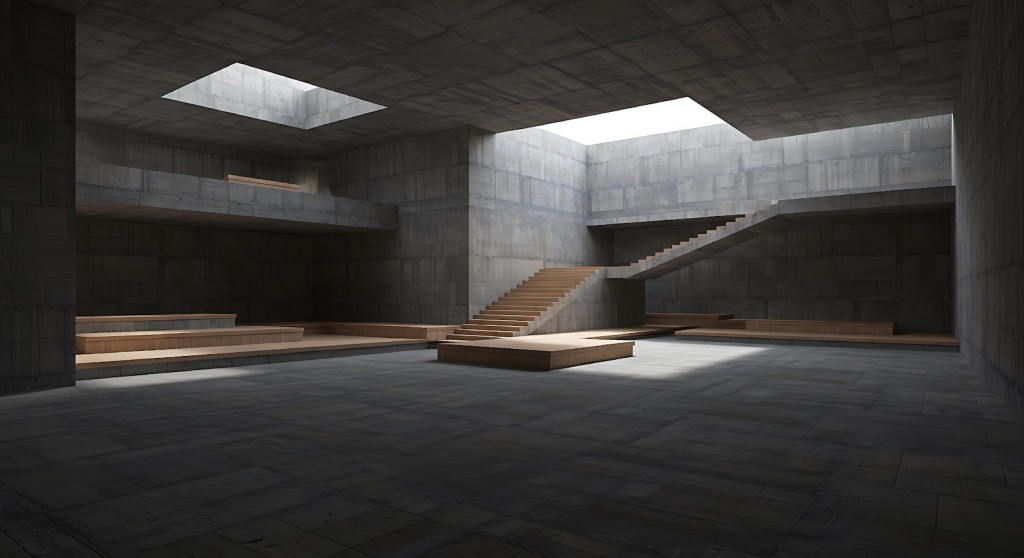
2. The Historical Relationship Between Art and Architecture
The confluence of art and architecture is not a recent phenomenon. Across time and geography, buildings have embodied artistic values, serving as cultural artifacts as much as functional spaces.
i. Ancient Art and Architecture of India
India’s architectural legacy exemplifies this fusion. Structures like the Ajanta and Ellora caves integrate sculpture, fresco, and spatial planning into cohesive religious and narrative experiences. The Khajuraho temples, with their intricate reliefs, and the Sanchi Stupa, with its meditative geometry, reflect a culture where form, function, and faith were inseparable.
The Indus Valley Civilization, long before formal architectural theory, displayed remarkable spatial intelligence in its city planning and ornamented ceramics. This ancient synthesis of artistic intricacy and utilitarian layout set the foundation for India’s pluralistic design identity.

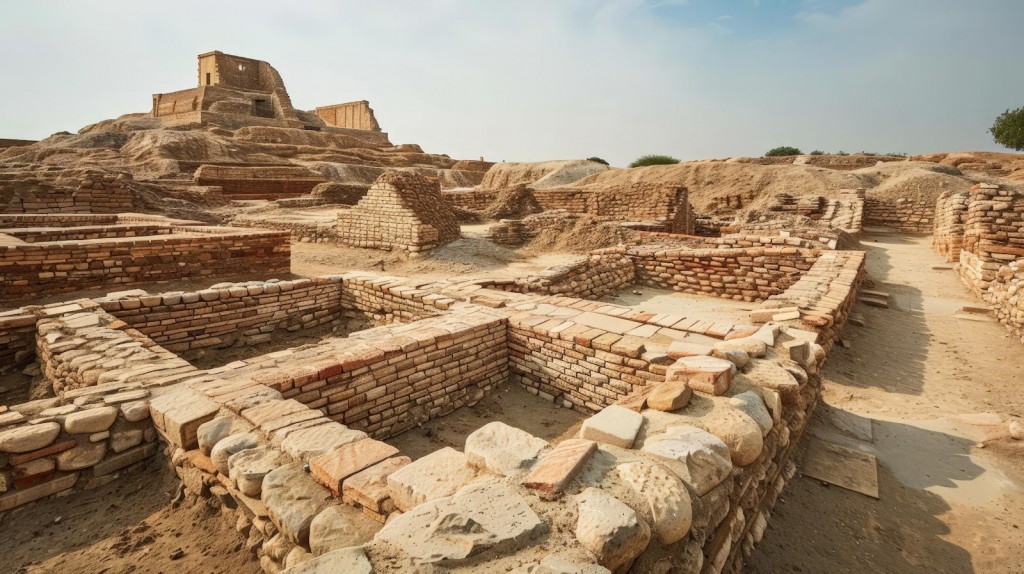
ii. Global Examples of Architecture as an Art Form
Globally, architecture has served as a vessel for cultural imagination. The Taj Mahal, a poetic embodiment of Mughal refinement, uses symmetry, light, and material in profoundly expressive ways. Gaudí’s Sagrada Familia reimagines Gothic architecture through biomorphic forms and chromatic brilliance. Frank Lloyd Wright’s Fallingwater is a meditation on organic integration, while the Sydney Opera House reinvents the urban monument through expressive engineering.
Each of these structures transcends mere utility. They assert that buildings can be experiential, philosophical, and artistic – all at once.
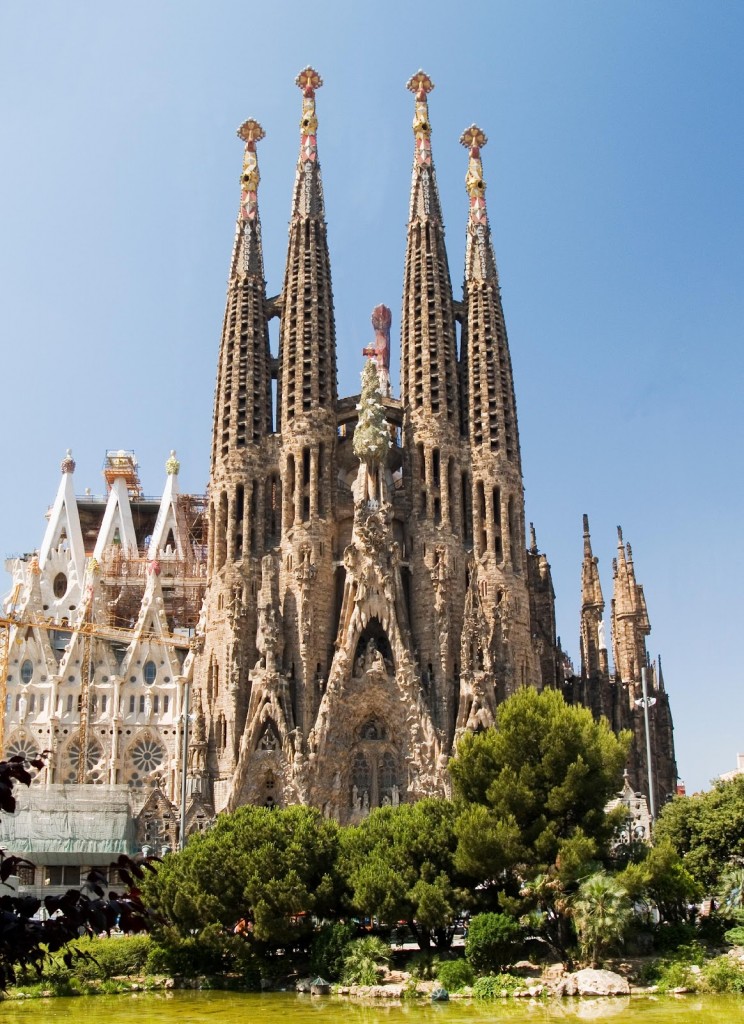
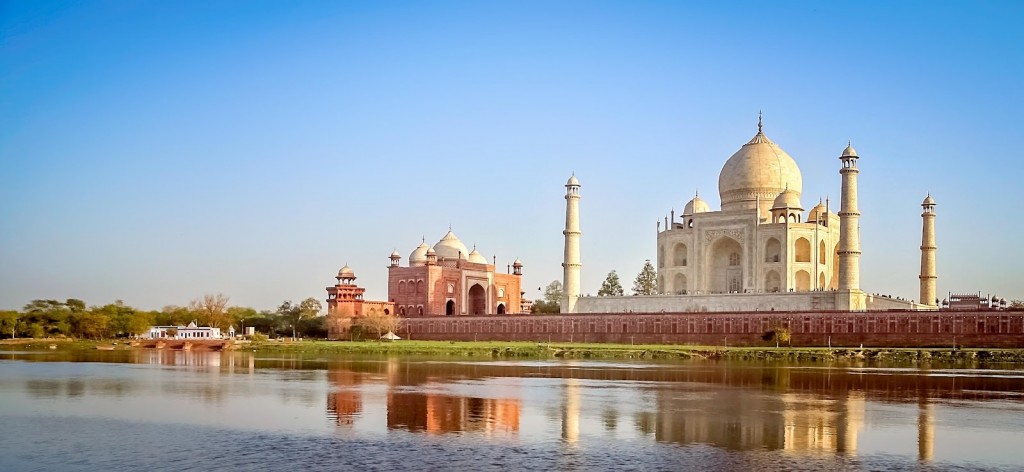
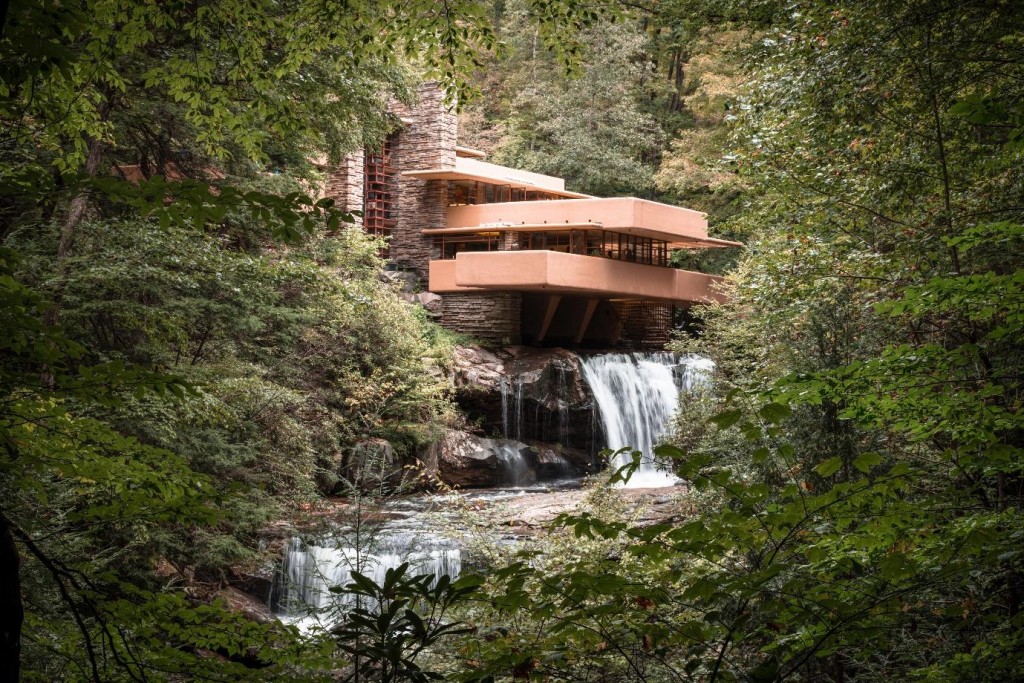
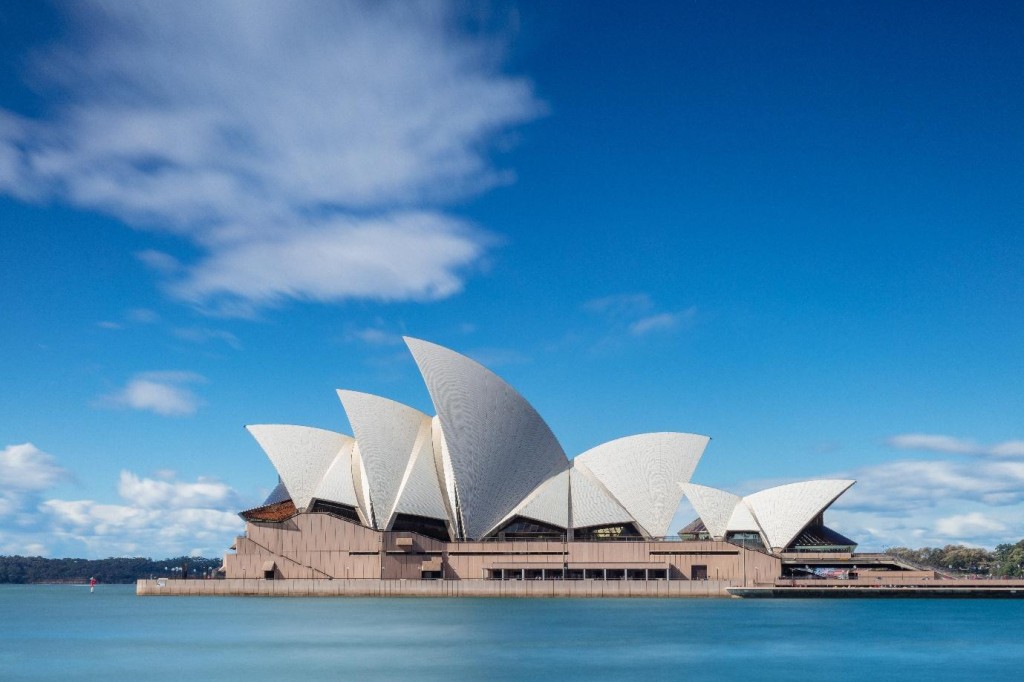
3. Difference Between Art and Architecture
| Aspect | Art | Architecture |
|---|---|---|
| Definition | Expression of ideas or emotions through aesthetic forms | Design of habitable structures that serve functional purposes |
| Primary Purpose | To evoke, reflect, or critique | To shelter, organize, and facilitate activity |
| Functionality | Not required to be functional | Must meet practical and safety requirements |
| Mediums | Paint, clay, sound, performance, digital media | Steel, glass, concrete, timber, earth |
| Design Process | Exploratory, fluid, subjective | Systematic, iterative, governed by laws of physics and planning |
| Constraints | Conceptual, often self-imposed | Structural, regulatory, environmental |
| Impact | Cultural, psychological, symbolic | Spatial, environmental, behavioral |
| Longevity | Varies – ephemeral to enduring | Typically designed for durability and legacy |
| Training | Art schools, mentorship, or autodidactic practice | Formal education in architecture, engineering, and building sciences |
| Expression | Personal, provocative, open-ended | Balanced between individual vision and collective needs |
4. Architecture as Art – Exploring Architectural Art
Architectural art exists at the confluence of engineering precision and aesthetic aspiration. It is not limited to decorative facades or monumental buildings. Rather, it encompasses an approach where design becomes a language—used to narrate, evoke, and provoke while maintaining structure and shelter.
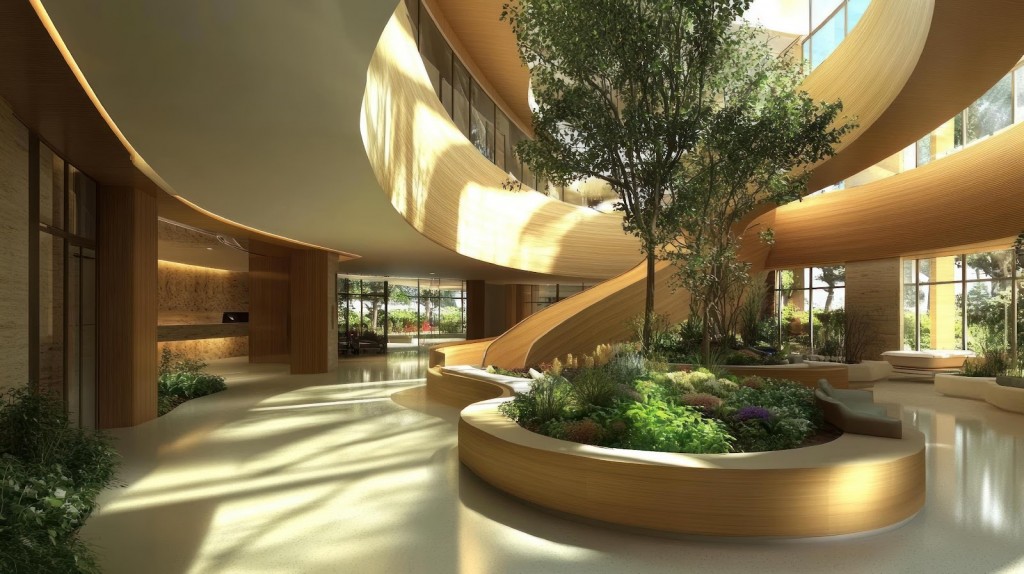
i. Role of Aesthetics in Architectural Design
Aesthetics are not afterthoughts in architecture—they are integral to a space’s legibility and emotional register. Proportion, scale, materiality, and light all influence how a building feels, not just how it performs. Well-executed aesthetic decisions can foster identity, improve user experience, and embed structures within their cultural and ecological contexts.
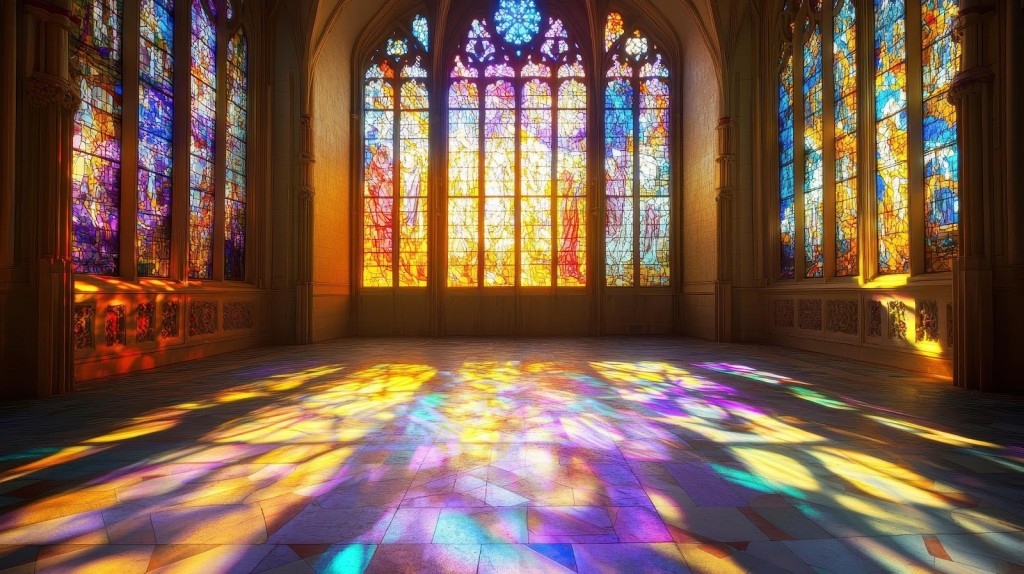
ii. Sculptural and Artistic Elements in Modern Architecture
Contemporary architecture often borrows the vocabulary of sculpture—curves, cantilevers, asymmetries—to create buildings that stand as both shelter and symbol. Think of Zaha Hadid’s fluid geometries or Herzog & de Meuron’s textured facades. These are not merely stylistic choices but spatial strategies that convey meaning and invite engagement.
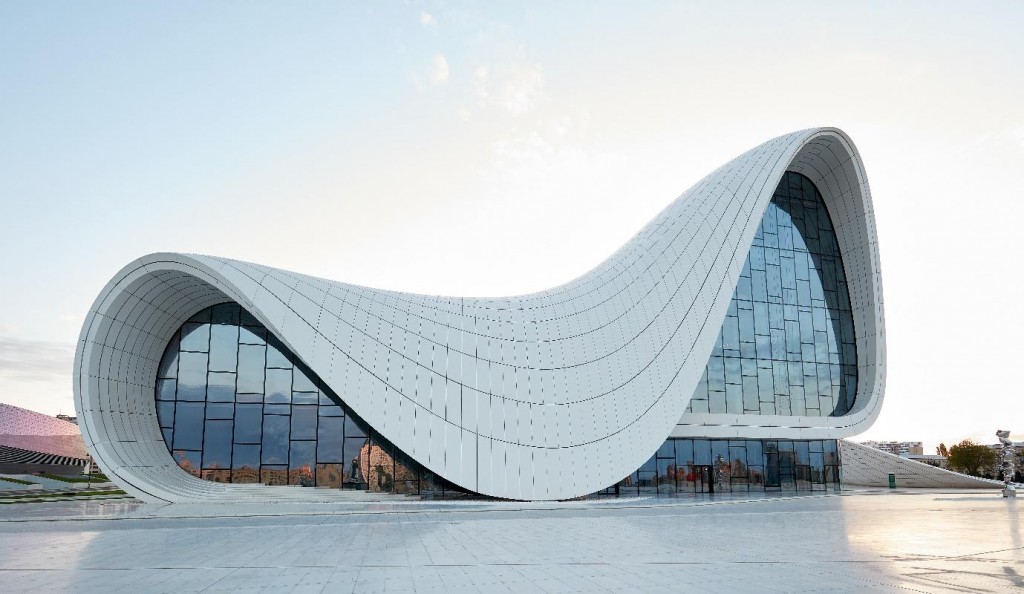
5. The Role of Art in Modern Sustainable Architecture
As architecture moves toward ecological responsibility, the role of art becomes more than decorative. It becomes instrumental.
i. Integrating Art in Net Zero Buildings
Net-zero buildings now incorporate artistic strategies to enhance environmental performance and cultural relevance. Green facades, patterned photovoltaics, and passive shading systems are designed not only for energy efficiency but also as expressive elements. Projects like the Bosco Verticale in Milan or Morphogenesis’s climate-sensitive campuses like the Infosys campus or Wipro Campus demonstrate how ecological performance and artistic identity can be mutually reinforcing.
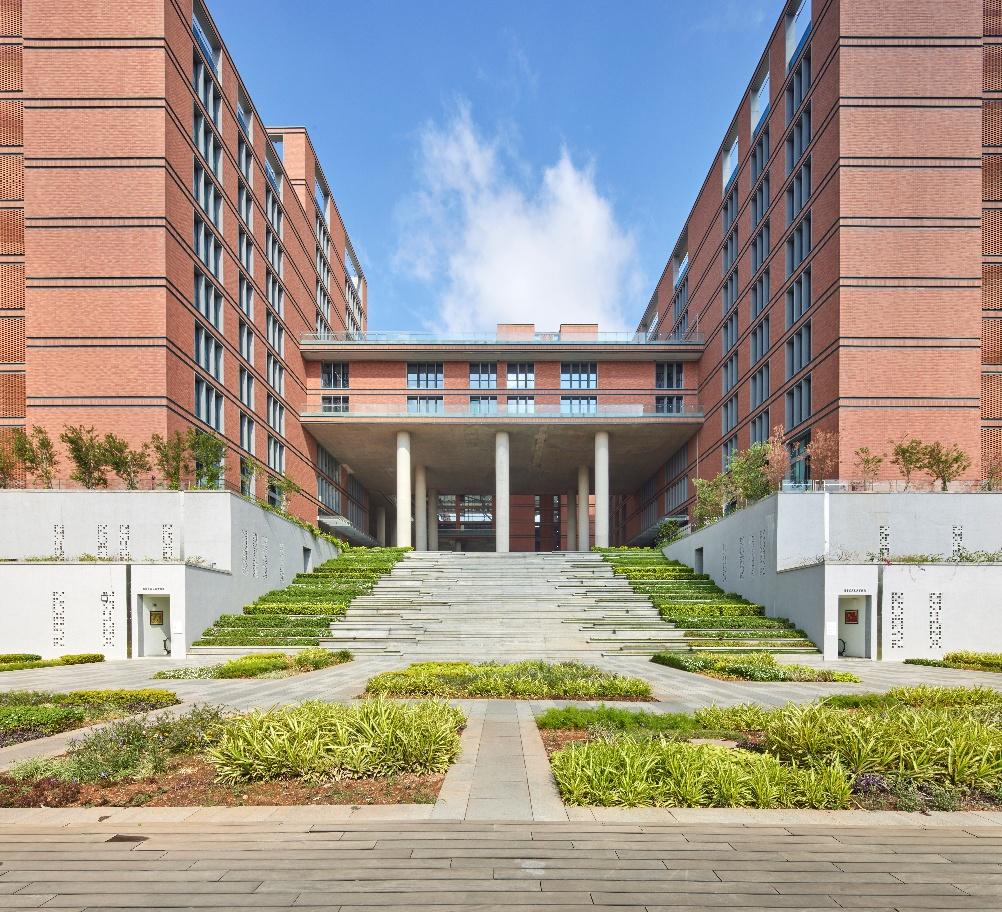
ii. Aesthetic and Functional Art in Green Building Design
Functional art—green walls, sculptural rainwater systems, recycled-material installations – serves dual roles. These elements enhance environmental responsiveness while providing sensory delight. Rather than viewing sustainability and beauty as competing goals, contemporary architecture aligns them to provoke awareness and engagement.
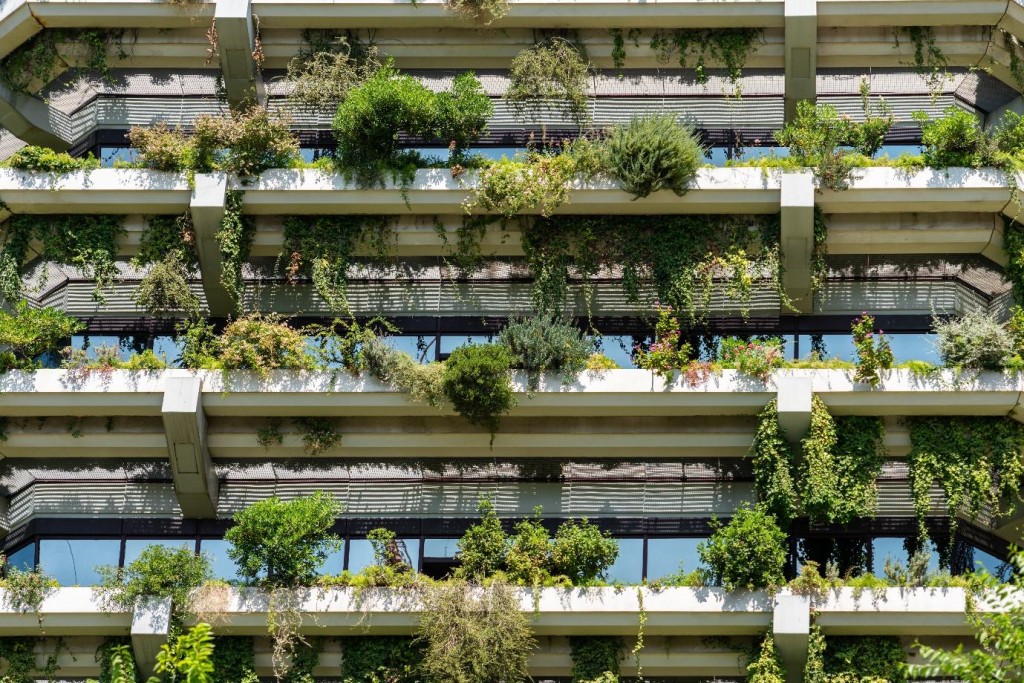
Also Read: The History and Evolution of Architecture in India
m. exploration
As we continue to explore the intersection of architecture, design, and sustainability, we invite you to delve deeper into the ideas and innovations presented on our website. Whether you’re looking for inspiring architectural projects, insightful videos, or detailed product information, Morphogenesis serves as a hub for thought-provoking content that reflects our commitment to responsible design.
If you still have unanswered questions, consider these additional resources for further information:
- Video gallery: Discover our latest projects and design philosophies through engaging visual narratives.
- Projects: Learn about our curated selection of residential, commercial, institutional, hospitality projects that embody Morphogenesis’ design philosophy – SOUL.
- m.blog: Dive into a wealth of knowledge with our blog, where we share insights on architecture, design trends, and sustainable practices.
Frequently Asked Questions
Q.1. How does art influence architectural design?
Art informs architectural decisions through color theory, spatial symbolism, rhythm, and emotional resonance—enhancing both form and experience.
Q.2. What role does sculpture play in architecture?
Sculpture contributes form, abstraction, and tactile richness. From column capitals to entire facades, it deepens the architectural narrative.
Q.3. Why is the fusion of art and architecture important?
This fusion elevates function into meaning. It results in buildings that do more than house activities—they reflect values and tell stories.
Q.4. Can architecture be considered a form of art?
Yes, when practiced with intent and vision, architecture becomes an art form—shaping how we live, feel, and remember.
Q.5. How do architects balance functionality and artistic expression?
Through iterative design and contextual intelligence. The most successful projects serve their users while also provoking thought and delight.







